|
|  |
Lang verwachte Richard Hoagland interview
henk - 27.03.2003 12:10
Hoagland interview & rituele lanceerschema's
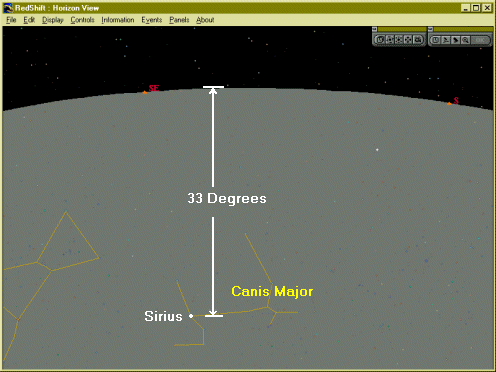
apollo 15
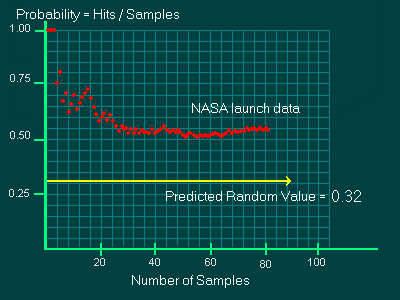
nasa 2
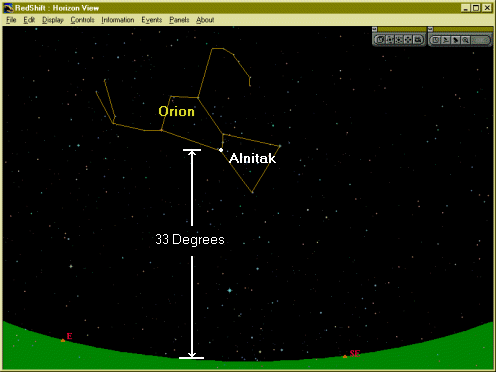
Pioneer 5
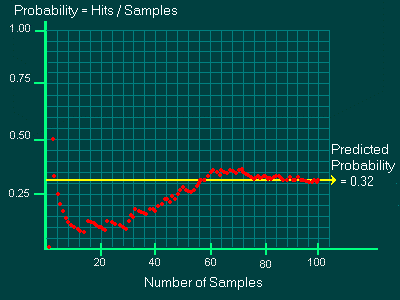
rand 2
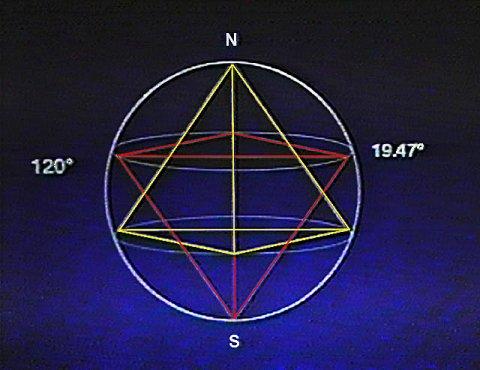
tetra
Lang verwachte Hoagland interview
 http://www.marsnews.com/radio/20030325-RFM-04-Hoagland.mp3 http://www.marsnews.com/radio/20030325-RFM-04-Hoagland.mp3
Alles over conspiracy
 http://www.conspiracycon.com/index1.html http://www.conspiracycon.com/index1.html
conspiracy com
Deze site gaat over de rituele lanceervluchten van NASA. Goeie reden om aan te nemen dat dat misschien ook wel voor oorlogsvoering opgaat
 http://www.angelfire.com/ca3/citystars/ http://www.angelfire.com/ca3/citystars/
INVESTIGATION INTO THE ENTERPRISE MISSION'S PROPOSITION THAT THE 19.5 AND 33.0 DEGREE STAR ALIGNMENTS CONSTITUTE A PATTERN
by
Mary Anne Weaver
Copyright (c) 1999 by Delphi Technologies
ABSTRACT
For a number of years now, researcher and former NASA consultant Richard C. Hoagland of the Enterprise Mission, has observed what he has identified as a "pattern" in star positions at the time of NASA launches and/or landings. He published his discovery a few years ago as an article entitled "Kennedy's Grand NASA Plan", and has since written many more articles and performed extensive research into this topic. Later on, Mike Bara, an Aerospace design engineer with many years experience in his field, joined the research effort into this stellar alignment phenomenon and has assisted Richard Hoagland in investigating its attributes and the frequency of its occurrence.
 http://www.enterprisemission.com/message.htm http://www.enterprisemission.com/message.htm
Earth Hawaiian Caldera 19.6 N. Largest shield volcano
Moon Tsiolkovskii 19.6 S. Unique Farside "mare-like" lava extrusion
Venus Alta Regio 19.5 N. Current volcanic region
Beta Regio 25.0 S Current volcanic region
Mars Olympus Mons 19.3 N. Largest shield volcano
Jupiter Great Red Spot 22.0 S. Vast atmospheric "vorticular upwelling"
Io Loki (2)
Maui (6)
Pele (1)
Volund (4) 19.0 N.
19.0 N.
19.0 S.
22.0 N. (Voyager 1 & 2 volcanic plumes) Presumably driven by intense Jovian tidal forces and/or Jovian magnetic field
Saturn North Equatorial Belt 20.0 N. Region of "storms" observed from Earth
South Equatorial Belt 20.0 S. Same as above
Uranus (Voyager 2 IR Observations)
Northern IR 1-2 K "dip" 20.N. Presumably, deep "upwellings,"creating high-altitude clouds
Southern IR 1-2 K "dip" 20.0 S. Same as above
Neptune (Voyager 2 Imagery)
"Neptune Great Red Spot" 20.0 S. Presumably same as Jovian counterpart
|
| supplements |  | |






